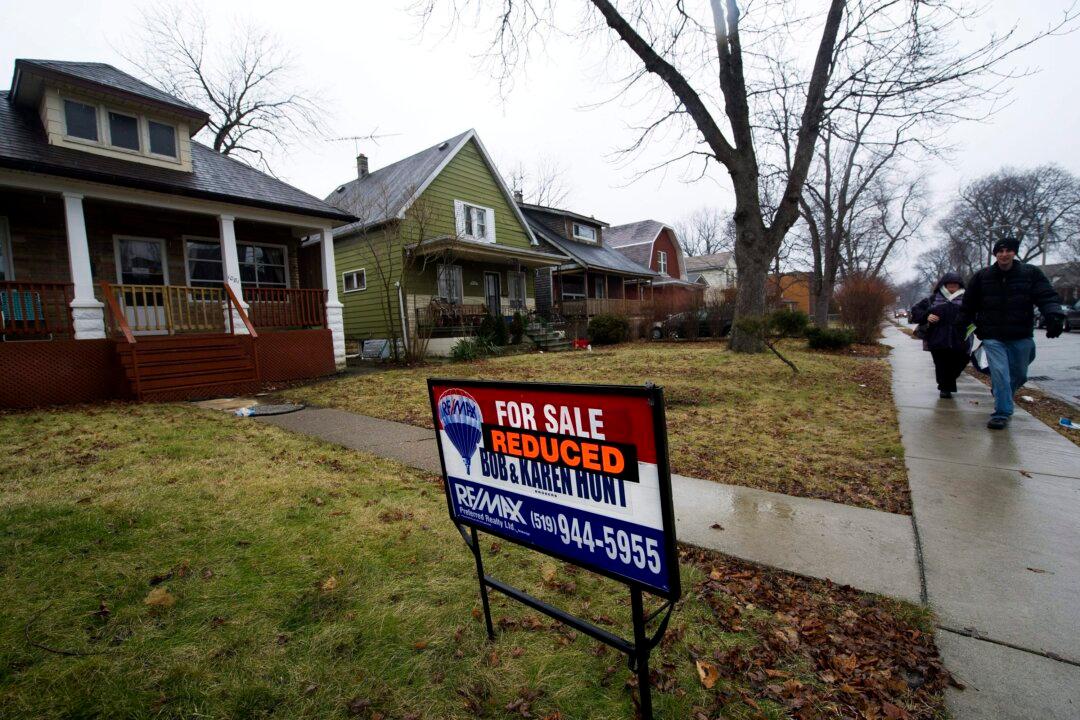Cracks are widening in the Canadian consumer’s spending ways and confidence has plummeted to multi-year lows. But more important to their revivals is the strength of the U.S. economy and its consumer, rather than the government’s deficit spending, says Mark Satov.
Satov, a frequent television commentator, is a business adviser and founder of management consultancy Satov Conultants. He also blames “irresponsible media” for scaring consumers in their reporting of business news, such as the federal government’s newly projected deficits.
The government running a deficit is the “perfectly rational thing to do,” according to Satov. Finance minister Bill Morneau announced deficits of $18.4 billion in 2016-17 and $15.5 billion in 2017-18 on Feb. 22.
“We had deficits of $30 billion and that was 20 years ago,” Satov says. “$18 billion is nothing today.” A $30 billion deficit 20 years ago would be roughly equivalent to a $40 billion deficit today.
“It [$18 billion] is half the number it used to be and our economy is larger [today].” The deficit is nothing for consumers to be worried about, Satov says.
Canadian Consumer Revival Hinges on US Counterpart, Says Business Adviser
Deficit spending right thing to do but won't affect consumer confidence
More important to the revival of the Canadian consumer is the strength of the U.S. economy and its consumer, rather than the government’s deficit spending, says Mark Satov.

A home for sale at a reduced price in Windsor, ON in this file photo. The Canadian Press/Nathan Denette

Rahul Vaidyanath
Journalist
|Updated:
U.S. consumer confidence and U.S. spending is really important.
, Founder, Satov Consultants
Rahul Vaidyanath is a journalist with The Epoch Times in Ottawa. His areas of expertise include the economy, financial markets, China, and national defence and security. He has worked for the Bank of Canada, Canada Mortgage and Housing Corp., and investment banks in Toronto, New York, and Los Angeles.
Author’s Selected Articles



